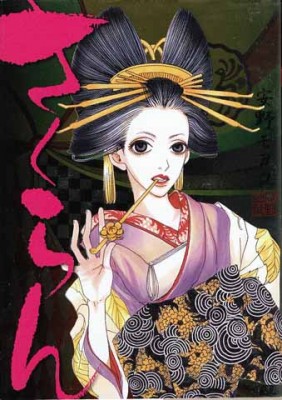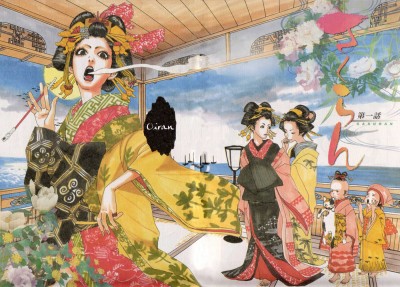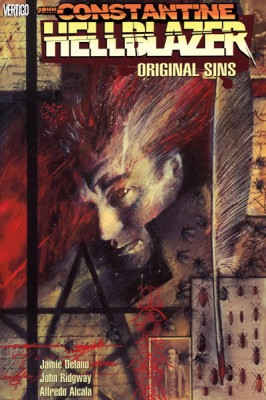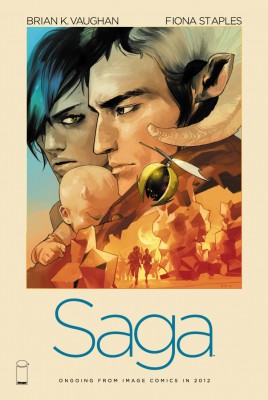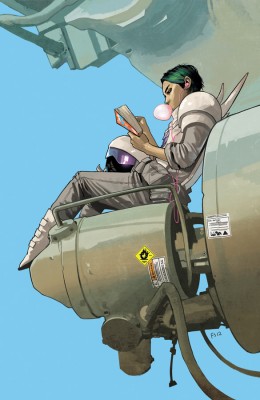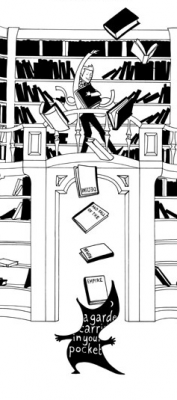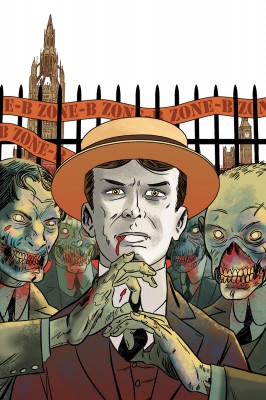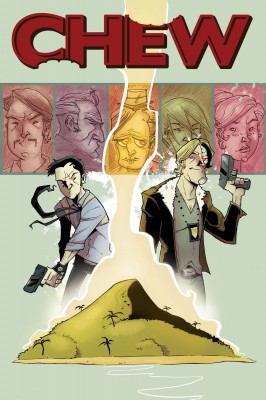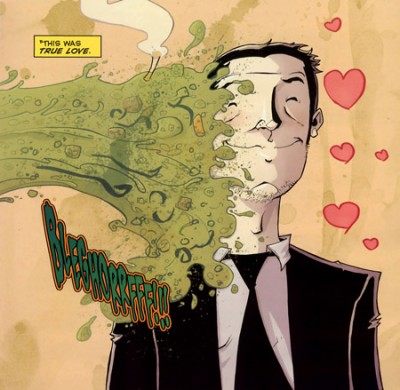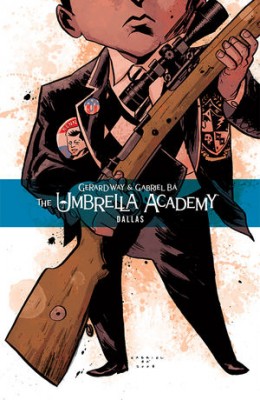Reviewer: Emera
Date read: 5.16.14
Book from: Borrowed from C.
Alison Bechdel opens her tragicomic memoir by casting her closeted gay father as Daedalus, artificer of the labyrinth that enclosed their family’s lives, and somehow complicit in her own, Icarian “downfall” – her eventual realization that she was a lesbian. The labyrinth was for me the ideal opening image: I found Fun Home hypnotically meandering, manically meticulous in its assemblage and arrangement of cryptic, resonant details. It’s claustrophobic yet internally expansive in its explorations of space, and meaning.
Most of all, I was in awe of how deep a reader Bechdel is of her own life. I had difficulty finding words to express how moved I was by the complexity and intensity of her vision, and the anguished detachment that keeps her in abeyance to this analytic lens. “Perhaps my cool aesthetic distance itself does more to convey the arctic climate of our family than any particular literary comparison.”
The last book that I read that wove together myth, history, and family with such complexity and vitality was Middlesex, which I found a thrilling read – but there’s a particularly sharp, human poignancy to Fun Home because you know that this is a real person looking back at painful, incomprehensible events – the core and substance of her own life – and making something rich, strange, and uncannily beautiful out of all of the intersections and patternings of father and daughter, family and art. It’s dark, spooky stuff – close reading as divination, intertextuality as invocation.
I identified so much with these elements of Alison’s personality: the recourse to narrative and archetype for “explanatory” patterns, the generally obsessive analytical bent. And, of course, the universal family dynamics – the struggle of a child to define herself against or around what her parents want, against what her parents represent. Here they’re shaped with particular sharpness by the fascinating inverted gender dynamics between her and her father. I’m haunted by the strangled potential of the one direct conversation that Alison had with her father, shortly after her coming out and only weeks before his death, about his homosexuality. He admits that he wanted to be a girl when he was little, that he wanted to dress up in girls’ clothes. And Alison leaps in to remind him how she always wanted boys’ clothes, hiking boots and short hair, when she was little. She does this with painful eagerness (how could he have forgotten?), hungry for the moment of identification and closeness, hungry to bring together their reflected selves to a rare point of convergence.
Artwise, I loved the often mordantly funny understatement of Bechdel’s illustrative style, its cool, reptilian composure a counterpoint to the American-Gothic perversity of the Bechdels’ lives. I did wish that the ink washes had darker darks, for more atmospheric drama in certain scenes – but obviously that’s a stylistic choice. It gives a ghostly, faded effect, appropriate to both the sense of imminent storm that never breaks, and to Bechdel’s curatorial reproductions of the numerous family artifacts that appear within. (I was so curious about all of the background details – like the fact that her brother is very specifically wearing a Frank Marshall t-shirt when the family gathers for their father’s funeral. How many of those details were recalled or researched from family photographs, and how many were invented or extrapolated based on more general period reference?)
By the end of the novel, I felt incredibly tender towards both Alison, and her father. As much damage as he did, his story is heartbreaking. I can’t help but hope that he would have found Fun Home a fitting tribute.
As my tribute to Fun Home, I’ve posted a full (and partially annotated) list of all of the books mentioned or read within its pages here.
